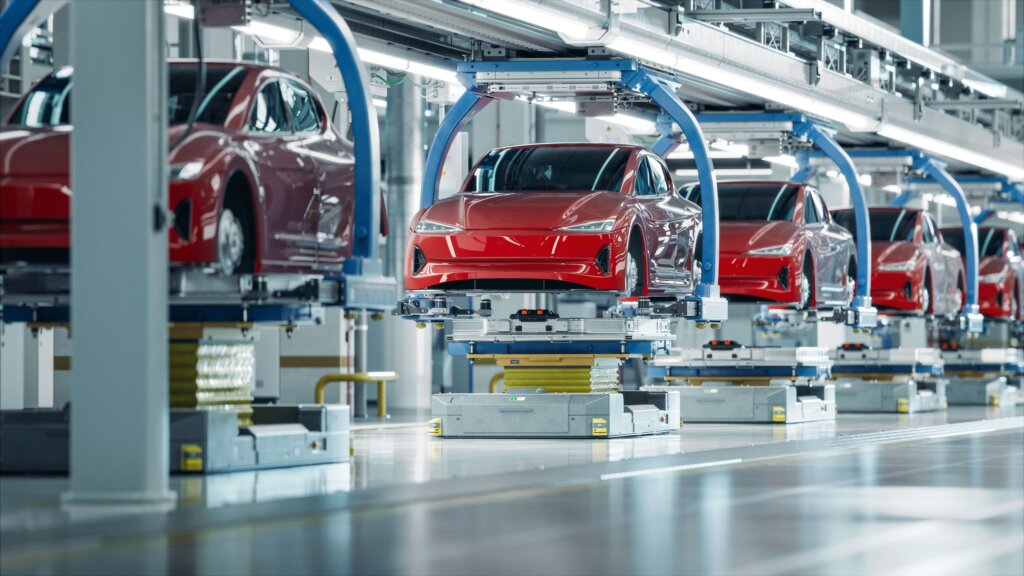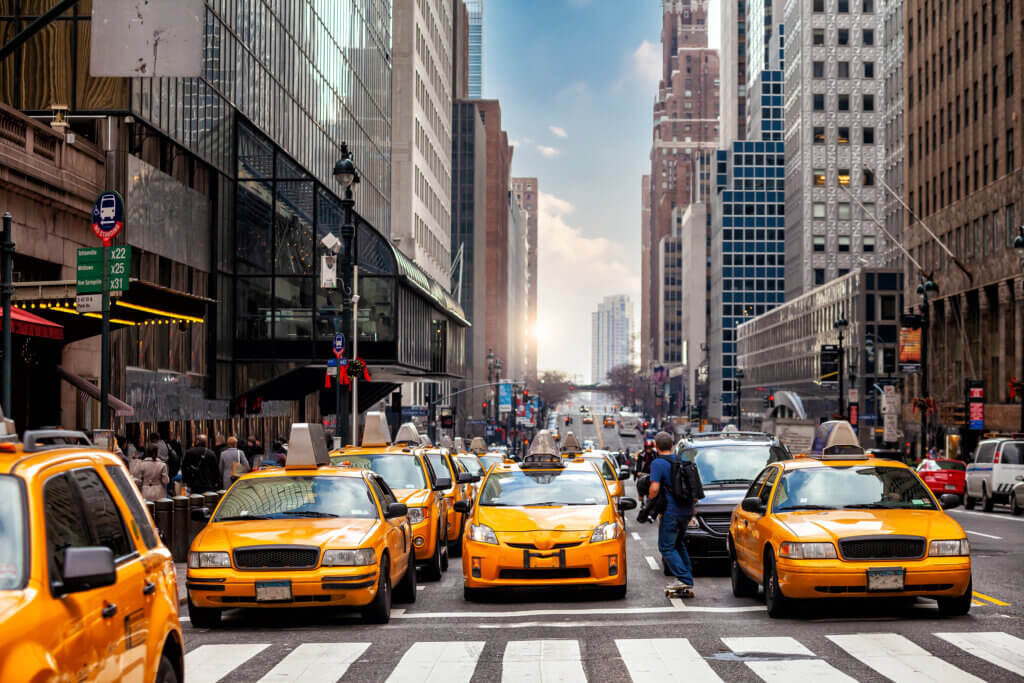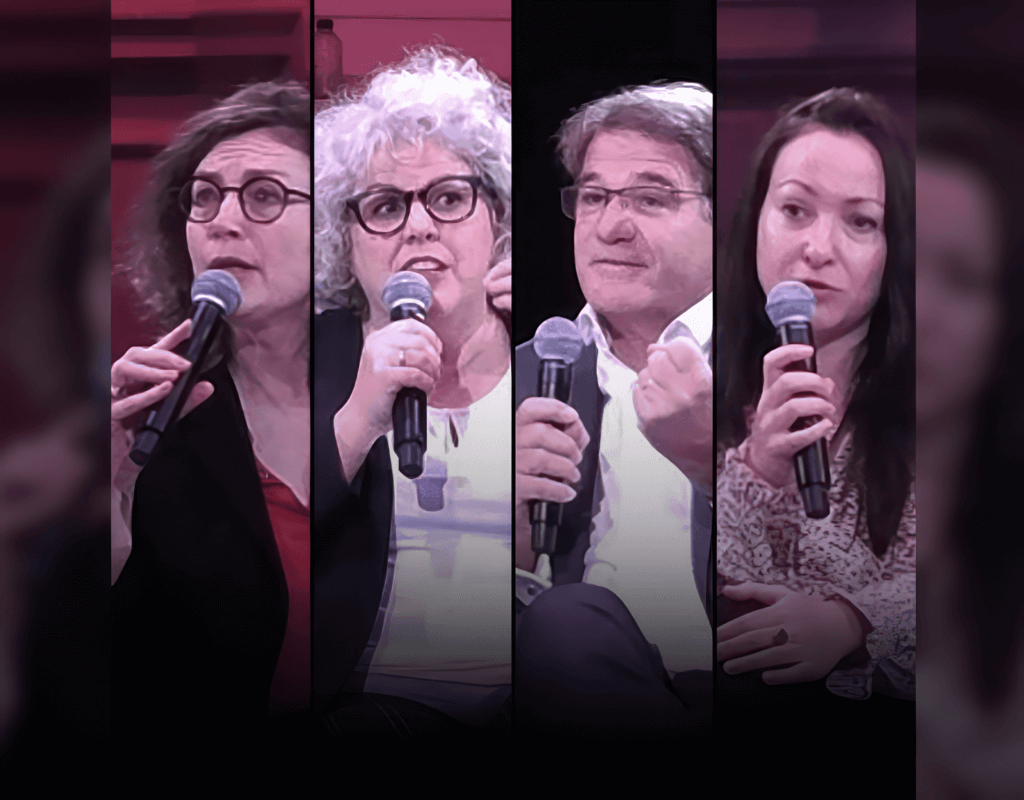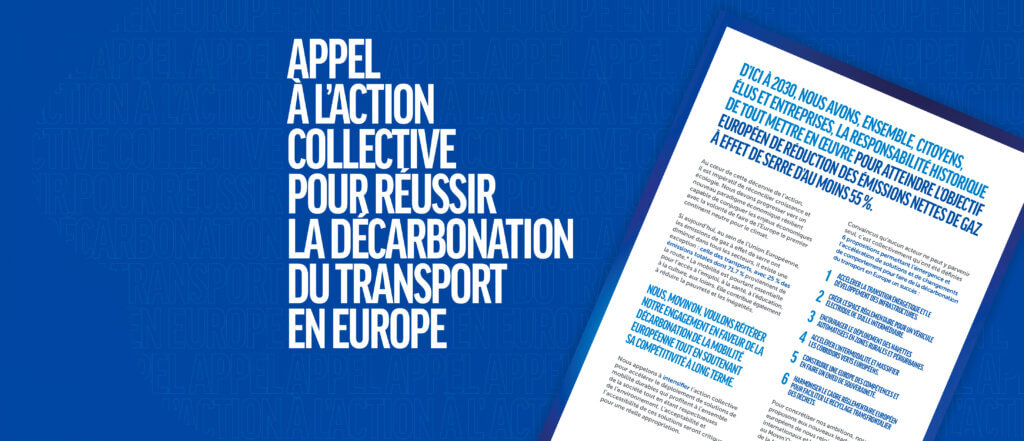Tire and Road Wear Particle Pollution Recognized as Toxic
In October 2023, California became the world’s first government to regulate the chemical content of tires to protect salmon. Exposure to tire and road wear particles harms human health as well as salmon health, and now scientists and governments are seeking solutions.

In October 2023, California became the world’s first government to regulate the chemical content of tires to protect salmon. Exposure to tire and road wear particles harms human health as well as salmon health, and now scientists and governments are seeking solutions.
As vehicles navigate to their destinations, they generate tiny particles made up of tire tread fragments, road surface minerals and road dust, a mixture known as microplastic.
The tire and road wear particles (TRWP) contain a wide variety of chemicals, as scientists worldwide have shown. For instance, from Germany’s Hochschule Fresenius, a 2022 study identified 214 different organic chemicals in tires; 145 of them were classified as leachable. About 60 percent of the leachables were identified as mobile compounds, indicating a large potential for transport in the environment.
Examples of tire-derived chemicals that have been found to be harmful to organisms – both animal and human – are 6PPD, benzothiazoles, 1,3-diphenylguanidine (DPG), and a variety of polycyclic aromatic hydrocarbons (PAHs).
To protect California’s environment and public health, the state Department of Toxic Substances Control (DTSC) adopted a rule that requires manufacturers of motor vehicle tires for sale in the state to evaluate safer alternatives to 6PPD, a chemical that helps reduce tire cracking and extends the useful life of tires.
The chemical 6PPD, a toxic substance used as a stabilizing additive in vehicle tires, protects tires from degradation due to reactions with ozone and oxygen in the air.
But 6PPD itself reacts with ozone in the air to form another chemical, 6PPD-quinone, that was found to kill coho salmon as they migrate upstream to spawn. This toxic chemical has been detected in California streams at concentrations shown to kill at least half the coho salmon in laboratory studies.
Exposure to tire and road wear particles harms human health as well as that of salmon, recent research shows. An article in the March 5, 2024 issue of the “Journal of Hazardous Materials” from Chinese scientists calls 6PPD-quinone an “emerging toxicant” and says “…it is of wide concern due to its ubiquitous occurrence and high toxicity.”
“Despite regular human exposure, limited evidence exists about its presence in the body and potential health risks,” the Chinese researchers admit. In their study they analyzed cerebrospinal fluid (CSF) samples from Parkinson’s disease patients and controls. They found that the CSF levels of 6PPD-quinone were twice as high in Parkinson’s Disease patients compared to people in the control group.
So, the tire-derived chemical 6PPD-quinone appears to be toxic to humans as well as salmon. Now the search for alternatives is in full swing.
“DTSC’S ALTERNATIVES ANALYSIS PROCESS REQUIRES MANUFACTURERS TO IDENTIFY AND COMPARE THE IMPACTS OF POTENTIAL ALTERNATIVES WITH THOSE OF THE CHEMICAL OF CONCERN ACROSS A PRODUCT’S LIFE CYCLE. 6PPD PLAYS A CRUCIAL ROLE IN THE SAFETY OF TIRES ON CALIFORNIA’S ROADS AND, CURRENTLY, THERE ARE NOT WIDELY AVAILABLE SAFE ALTERNATIVES.” — Karl Palmer, Deputy Director, California Department of Toxic Substances Control
“Our framework is ideally suited for identifying alternatives to 6PPD that ensure the continued safety of the tires on California’s roads while protecting California’s fish populations and the communities that rely on them,” Palmer said.
A preliminary assessment by a global consortium of 16 tire manufacturers, mobilized by the U.S. Tire Manufacturers Association has identified five possible alternatives to 6PPD in tires for further evaluation – a group of possible alternatives selected from more than 60 initial candidates.
Representing many of the world’s largest tire companies, such as: Michelin North America, Bridgestone, Continental, Goodyear, Nokian, Pirelli, Sumitomo, and Yokohama, the association has released a Stage 1 Alternatives Analysis report for 6PPD in tires in accordance with California’s Safer Consumer Product Regulations.
This Stage 1 AA Report establishes the basis for the further evaluation of 6PPD alternatives in Stage 2, which will result in a final alternatives analysis report.
“We are working with the U.S. Environmental Protection Agency, other states, researchers and the U.S. Tire Manufacturers Association to find a path to make tires safer for our environment without compromising on-road safety,” said DTSC Director Dr. Meredith Williams.
The first research to explore the microplastic contamination in southeastern United States estuaries, was published in March 2018 in the “Marine Pollution Bulletin.” This study stated, “While microplastic concentration in these estuaries was comparable to that reported for other estuaries worldwide, Charleston Harbor contained a high abundance of black microplastic fragments believed to be tire wear particles.”
Canada Contributes to Tire Particle Abatement
“Every year approximately six million tonnes of tire wear particles are released into the global environment,” according to Canada’s agency responsible for the environment and climate change. That is why the Government of Canada is supporting Canadian businesses in developing innovative solutions to plastic pollution.
It was April 2023 in Gatineau, Quebec when Steven Guilbeault, Canada’s minister of environment and climate change, announced the three recipients of the latest Canadian Plastics Innovation Challenges. They would address plastic pollution from tires.
The winning companies are:
Applied Quantum Materials Inc., in Edmonton, Alberta, is developing a specialized reinforcing additive for tires to minimize microplastic release over different road and temperature conditions.
Nova Graphene Canada Inc., in Dartmouth, Nova Scotia, is developing a graphene-enhanced rubber that could reduce tire wear shedding and extend the life of tires.
Stema Punch and Die Inc., in Cambridge, Ontario, is creating specialized compositions for tires to improve their wear and help stop the shed of microplastics.
These small- and medium-sized Canadian companies will each receive up to C$150,000 toward developing environmentally acceptable and cost-effective solutions to reduce the release of microplastics from tire wear in Canada.
“OUR GOVERNMENT IS COMMITTED TO ENDING PLASTIC WASTE IN CANADA. WE NEED SMART INNOVATIONS TO CREATE A MORE CIRCULAR ECONOMY TO RECYCLE THE PLASTICS WE CONSUME. BY PROVIDING FUNDING TO SMALL AND MEDIUM-SIZED BUSINESSES THROUGH THE CANADIAN PLASTICS INNOVATION CHALLENGES, WE ARE GIVING A BOOST TO THE DEVELOPMENT OF TECHNOLOGY TO ADDRESS PLASTIC POLLUTION AND HELP MOVE CANADA TOWARD ITS GOAL OF ZERO PLASTIC WASTE.” – Steven Guilbeault, Minister of Environment and Climate Change, Canada
Once released into the environment, microplastics persist for a long time and accumulate in natural habitats, impacting ecosystem health.
Worldwide, it is estimated that five to 10 percent of microplastics end up in the oceans. Another estimate puts the amount of particulate matter in the air from tire wear and tear at three to seven percent.
To date, the Government of Canada has committed over $24 million to Canadian small- and medium-sized businesses to innovate and develop solutions to address plastic pollution and waste, through 17 Innovative Solutions Canada challenges.
Particle Emissions Not Welcome in EU
At the Tire Technology Expo 2024 at Deutsche Messe in Hannover, Germany on March 19-21, 2024 the tire manufacturer Michelin displayed an innovation that advances knowledge of tire and road wear particles – a new system for analyzing the tiny particles and delivery of the first research results to the scientific and industrial communities.
Michelin’s new “BioDLab” laboratory, opened last December, is dedicated to the study of the degradation and biodegradation of tire rubber. A joint project of the French National Center for Scientific Research, the University Clermont Auvergne, and Michelin, the research will focus on gaining a better understanding of the process by which tires deteriorate as a result of their use, and to develop technical solutions to the environmental problems posed by wear particles resulting from contact between the road and the tire.
Michelin has made its system for analyzing emitted light particles available to the tire industry and to the European Tire & Rubber Manufacturers’ Association.
For the last 20 years, the French tire manufacturer has been committed to reducing tire abrasion and to research on wear particles. Now the world is catching up.
Improving knowledge of tire and road wear particles can strengthen action taken to minimize their emissions, an approach Michelin conceives of as complementary to the new Euro7 standard.
Now that the Euro7 standard has been adopted by the European Commission, Council and Parliament, Europe will hear shortly about its new regulatory tire abrasion thresholds, limits intended to reduce the quantity of particles emitted in Europe.
These are the first-ever European restrictions for particulate emissions from brakes, and the phase-in is expected to start on July 1, 2025.
The Euro 7 regulation establishes rules for the exhaust emissions of road vehicles, but also for other types of emissions such as tire abrasion and brake particle emissions. It also introduces requirements for battery durability.
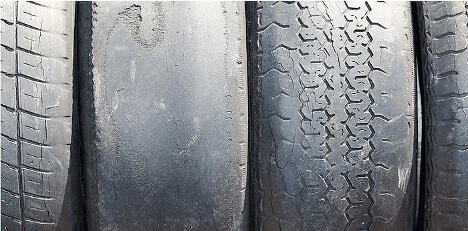
For cars and vans, the Euro 7 regulation keeps the existing Euro 6 exhaust emission limits but introduces stricter requirements for solid particles. For heavy-duty buses and lorries, the regulation imposes more stringent limits for various pollutants, including some that have not been regulated until now, such as nitrous oxide (N2O).
In addition, Euro 7 introduces stricter limits for particle emissions produced when braking, with specific limits for electric vehicles. The new rules also include stricter lifetime requirements for all vehicles.
The Euro 7 regulation, which is part of the European Commission’s 2020 Sustainable and Smart Mobility Strategy and the 2021 Zero-Pollution Action Plan, was presented by the Commission on November 10, 2022.
The heads of government of the 27 European Union countries convened as the European Council adopted its position on September 25, 2023. The Council and the European Parliament reached a provisional political agreement on December 18, 2023.
On April 19, 2023 the European Parliament and the Council adopted Regulation (EU) 2023/851 to strengthen the CO2 emission performance standards for new passenger cars and new light commercial vehicles, which sets a 100 percent reduction target for cars and vans from 2035 onwards.
While industry prepares for this change, which means that new internal combustion cars and vans will be banned on the internal market from 2035, such vehicles will remain available. Other internal combustion vehicles (lorries, buses and other heavy-duty vehicles) will continue to be produced after that date. The Euro 7 rules will be necessary to cover the emissions of cars and vans until that date, while other rules contained in the regulation (concerning brakes, tires and battery life, for instance) will continue to apply to new cleaner cars and vans after 2035.
This regulation has its own test method for quantifying all the wear particles from tire and the road, in terms of grams per km per ton carried.
It enables overall emissions to be measured on a very large scale for all the tires on the market. Those not meeting the standard will no longer be marketable.
Toxicity Emerges, Conflict Erupts
Following the adoption in 2023 of a method of measuring the emissions from braking systems, the World Forum for Harmonization of Vehicle Regulations now turns to tackling the particle emissions from tires. The World Forum, a part of the UN Economic Commission for Europe (UNECE), adopted a proposal to introduce two methods to measure tire abrasion under UN Regulation No. 117: one covering open roads in vehicle convoys driving 8,000 km, and one for laboratories with an abrasing rolling drum over 5,000 km.
The latest American study, “Where the rubber meets the road: Emerging environmental impacts of tire wear particles and their chemical cocktails,” was conducted by the U.S. Environmental Protection Agency’s Center for Public Health and Environmental Assessment in Oregon and the San Francisco Estuary Institute of Richmond, California. Contributions came from universities in several states and the University of Eastern Finland.
Published in the June 1, 2024 issue of the journal “Science of The Total Environment,” the authors state, “About 3 billion new tires are produced each year and about 800 million tires become waste annually. Global dependence upon tires produced from natural rubber and petroleum-based compounds represents a persistent and complex environmental problem with only partial and often-times, ineffective solutions.”
“Tire emissions may be in the form of whole tires, tire particles, and chemical compounds, each of which is transported through various atmospheric, terrestrial, and aquatic routes in the natural and built environments. Production and use of tires generates multiple heavy metals, plastics, PAH’s, and other compounds that can be toxic alone or as chemical cocktails.”
Used tires require storage space, are energy intensive to recycle. Tire particles emitted during use are a major component of microplastics in urban runoff and a source of unique and highly potent toxic substances. Thus, tires represent a ubiquitous and complex pollutant that requires a comprehensive examination to develop effective management and remediation.”
Warner Chabot, executive director of the San Francisco Estuary Institute, which contributed to the “rubber meets the road” study, works with a team of 75 science and technical experts on environmental threats to San Francisco Bay and Estuary.
A series of actions, based in part on Bay Area studies, put tires on a national “hot seat,” he said in November.
A 2019 San Francisco Estuary Institute (SFEI) study found that rainfall washes more than seven trillion pieces of microplastics – much of it tire particles left behind on streets – into San Francisco Bay each year.
A subsequent 2020 study by SFEI and colleagues in Washington State found a highly toxic tire-related contaminant at levels lethal to coho salmon in stormwater flowing into San Francisco Bay.
Now, the U.S. EPA has responded to a request from three West Coast Native American Tribal Nations by announcing the agency will review the use of 6PPD, which is present in nearly all tires sold in the United States. Many tribal nations depend on healthy salmon runs for nutritional and ceremonial purposes.
Also in November, U.S. commercial fishing groups sued 13 tire manufacturers in California, saying the chemical 6PPD used in their tires is poisoning West Coast watersheds and killing imperiled trout and salmon.
The Institute for Fisheries Resources and the Pacific Coast Federation of Fishermen’s Associations sued Bridgestone, Continental, Goodyear, Michelin, and others in San Francisco federal court, alleging that 6PPD is killing protected salmon and trout in violation of the U.S. Endangered Species Act.
For salmon teetering on the brink of extinction, the way this environmental threat is handled is a matter of life and death. “Pacific Coast wild salmon are in a state of ecological crisis,” the Institute for Fisheries Resources said. “Tragically, the vast majority of the wild salmon populations that once widely inhabited California and the Pacific Northwest states are now at high risk of extinction.” The reasons include accelerating water pollution atop a grim list that includes over-appropriation of increasingly scarce river waters.
Toute l’actualité de Movin’On
dans votre boîte mail
Auteur
Partager
Tweets de @movinonconnect
Movin'On 2035 TODAY EP02 - Circular Economy & Competitivity
Movin’On 2035 TODAY EP01 – Fair Mobility for All https://x.com/i/broadcasts/1yNxagBrWZbGj
✨ THAT'S A WRAP!
Movin'On Summit 2024 has just concluded in Brussels!
More than 350 leaders and experts in sustainable mobility gathered to exchange ideas, collaborate, and share their vision for desirable and decarbonised mobility in Europe. Together, we explored ways to build…
🔴 Live from #MovinOnSummit2024
@AshaSumputh has just invited Denis Machuel, CEO at @AdeccoGroup and Florent Menegaux, President of the @Michelin Group & President of Movin'On
L’actualité de la mobilité durable
Découvrez les dernières tendances, des analyses thématiques et nos prochains rendez-vous



